In today’s fast-paced business world, administrative email systems have become an integral part of daily operations, not only as a means of communication, but as a comprehensive platform that supports productivity and improves efficiency. With the continuous development of technology, organizations are moving towards adopting more advanced systems that meet the growing business needs in terms of security, automation, and flexibility.
In this article, we review the most important aspects that make administrative email system updates an urgent necessity for ambitious organizations.
About the development of administrative email systems
In their early days, email systems were a simple way to send and receive text messages inside and outside the organization, but as the business environment became more complex, it became necessary to improve these systems to include additional functions such as document management, organizing meetings, and following up on projects.
Modern systems act as an integrated administrative infrastructure; they connect employees to each other in more efficient ways, for example:
- Allows you to schedule meetings and organize tasks automatically.
- It provides the ability to prioritize messages, helping employees focus on critical tasks.
- Facilitates integration with cloud systems to ensure instant access to data.
In addition, modern systems such as DocSuite are making a qualitative leap, as they integrate email with document management tools and process automation, which contributes to raising the level of overall performance and reducing human error.
Important statistics about email systems
Recent research shows that email updates have a significant impact on organizational performance. Some of the most notable statistics include:
- About 85% of organizations that adopt integrated email systems see a 30% increase in productivity.
- 70% of organizations that invested in automation and AI-based systems were able to improve the accuracy of their administrative processes by 40%.
- Relying on advanced cybersecurity technologies within email systems helped reduce breaches by 65% compared to traditional systems.
These figures reflect the importance of moving towards advanced systems to ensure maximum benefit from modern technical capabilities.

Cybersecurity Evolution in Email Systems
With the increasing volume of data exchanged via email, cybersecurity has become a top priority. According to a report by a cybersecurity firm:
- Email represents more than 90% of the entry points that hackers exploit to compromise systems.
- Email breaches cost organizations over $2 billion annually.
Therefore, system updates focused on providing advanced solutions such as:
End-to-end encryption: To ensure data confidentiality during transmission and reception.
Multi-factor authentication: Which requires more than one step to verify the user's identity.
Intelligent threat detection:Using artificial intelligence to detect unusual activity before an attack occurs.
For example, DocSuite features comprehensive security capabilities, enabling intelligent security measures that reduce risks and ensure complete protection for organizations.
Email Systems and Their Role in Supporting Sustainability
One of the most important benefits of modernizing administrative email systems is supporting sustainability. This is through reducing the use of paper. Documents that used to require traditional printing and sending are now sent and managed electronically, which reduces waste and contributes to achieving the environmental goals of organizations. This transformation reflects the commitment of organizations to innovation and environmental responsibility.
The future of corporate email holds great potential such as integrating AR and VR technologies to improve user experience, and using quantum encryption technologies to ensure the highest levels of security. Additionally, advanced email management platforms such as DocSuite can help provide detailed and analytical reports that support strategic decision-making for organizations.
Automation and its role in enhancing efficiency
Automation is one of the most important updates that have greatly affected the efficiency of email systems. The most prominent examples include:
Automatically prioritize:Where messages are categorized and the most important ones highlighted.
Setting up automated responses:To save time answering routine inquiries.
Scheduling tasks and meetings:Based on incoming messages, reducing manual intervention.
Additionally, automation can improve user experience by reducing errors and increasing response speed, leading to improved internal and external customer satisfaction.
For example, DocSuite has advanced automation capabilities that help manage email efficiently, with regular reporting on process performance, helping to improve operational plans.
The role of administrative email in improving employee experience
Administrative email is no longer just a communication tool, it has become a key part of the employee experience. With updated systems, user interfaces can be customized to better meet the needs of individuals. By organizing tasks and providing quick access to information, employees can work more efficiently and achieve a better work-life balance. Mobile support and automated responses help facilitate time management and reduce the stress of routine administrative processes.
Modern email systems help promote transparency within organizations by providing clear and reliable channels for communication. Messages and attachments can be tracked to ensure that information is accurately delivered to all stakeholders. Automation also helps distribute information evenly and ensures that no requests or inquiries are overlooked. The transparency provided by these systems builds trust between employees and management and improves the overall work environment.
The Future of Email Systems in Light of Saudi Vision 2030
The email system updates are in line with the goals of the Kingdom’s Vision 2030, which seeks to achieve comprehensive digital transformation and reduce reliance on paper. These improvements include:
- Support environmental sustainability by reducing paper use.
- Improve operational efficiency through automation and integration with other systems.
- Improve cybersecurity to ensure sensitive data is protected.
In this context, DocSuite HR is a living example of systems that achieve these goals. Thanks to its integration with smart management tools, the system provides innovative solutions that contribute to achieving the aspirations of institutions according to the highest standards.
Moving towards cloud email systems
Cloud systems have become a major choice for email management. Cloud systems offer multiple benefits such as instant access to data from anywhere, secure storage, and automatic software updates. This shift helps organizations reduce infrastructure costs and ensure business continuity even in emergencies. Cloud systems also support instant collaboration between employees across different geographic locations.
Traditional email systems can no longer meet the demands of the modern digital age without integration with AI technologies. Using advanced algorithms, AI can categorize messages, provide recommendations for responses, and even analyze data to understand communication patterns. This integration enhances decision-making speed and reduces the repetition and stress of routine tasks.
Email Systems and Their Role in Supporting Remote Work Teams
With the increasing prevalence of remote teams, administrative email systems have become an essential element to support this style of work. Modern systems provide advanced collaboration tools such as real-time file sharing, scheduling virtual meetings, and easy task tracking. These features help maintain harmony among team members, even if they are distributed in different geographical locations.
Administrative email system updates reflect the trend towards using technology to enhance efficiency, security, and flexibility in the work environment. By investing in modern systems such as DocSuite, organizations can achieve a comprehensive digital transformation that supports innovation and sustainability, while ensuring high performance that reflects the aspirations of the future.
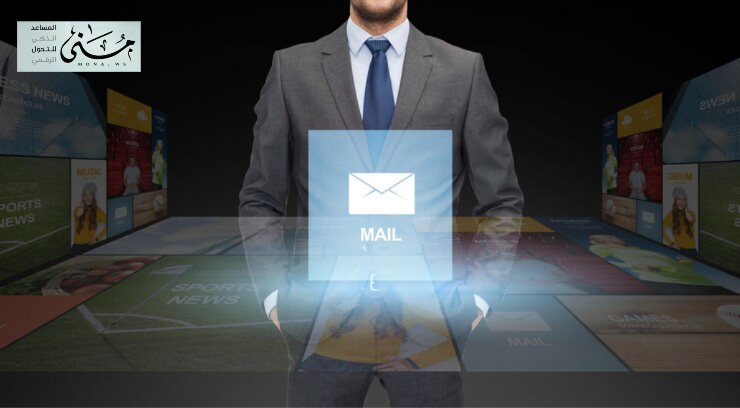 أنظمة البريد الإلكتروني الإداري أداة ضرورية لإدارة الأعمال
أنظمة البريد الإلكتروني الإداري أداة ضرورية لإدارة الأعمال
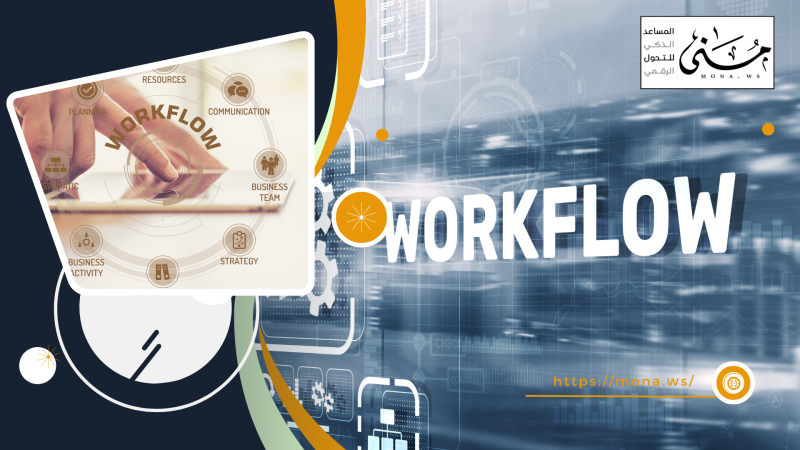
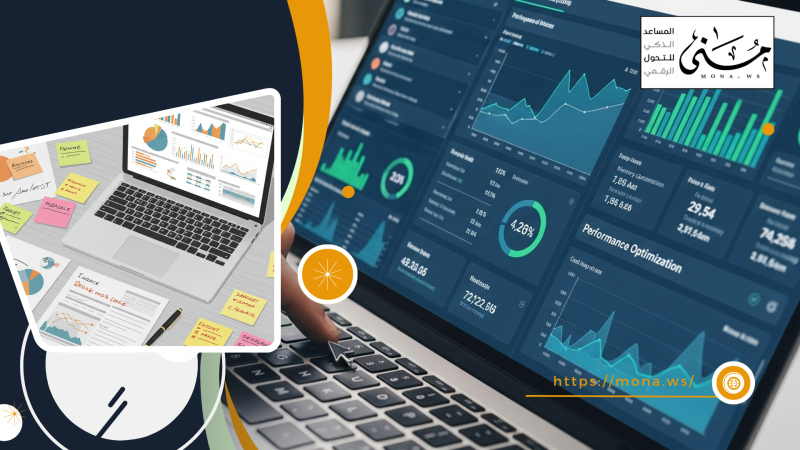



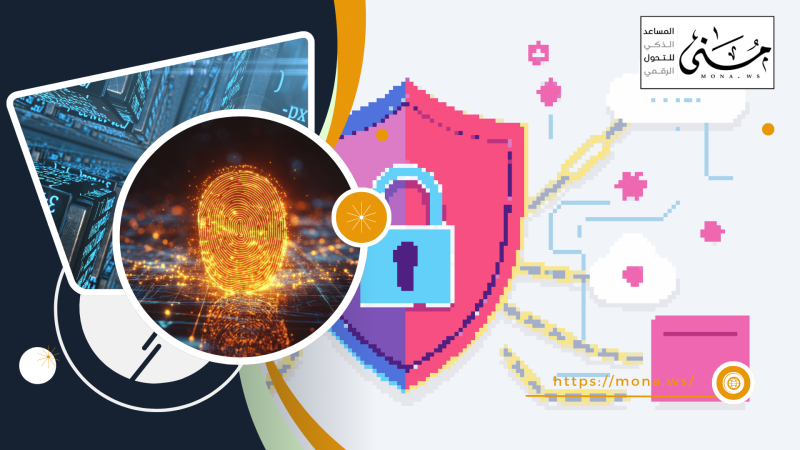
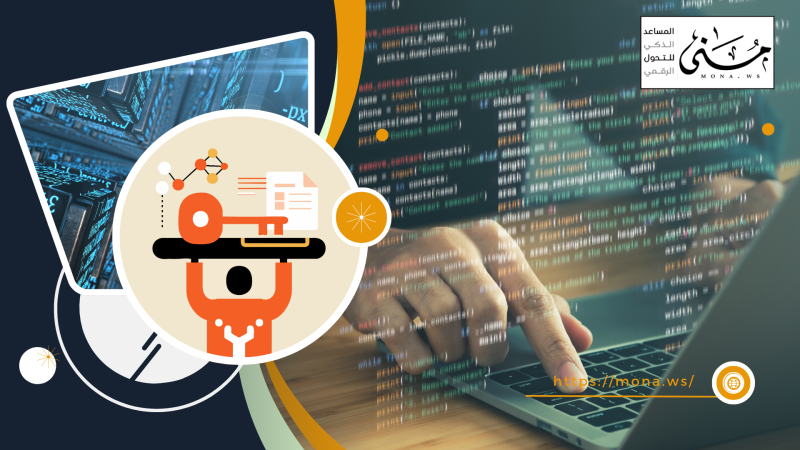
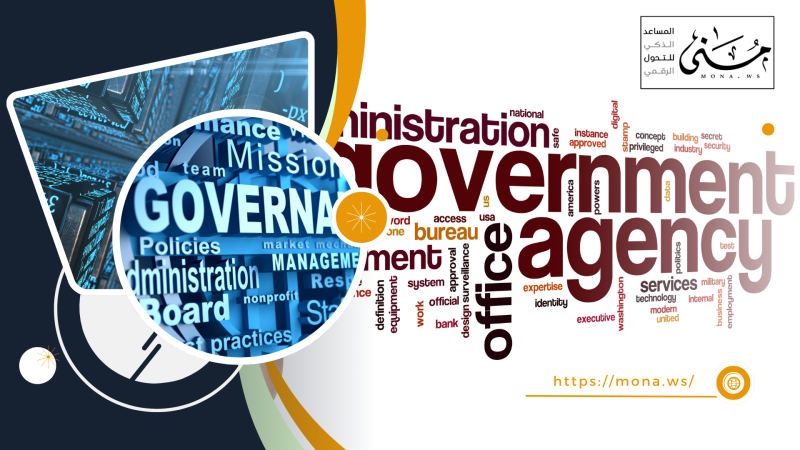



Comments
Add New Comment